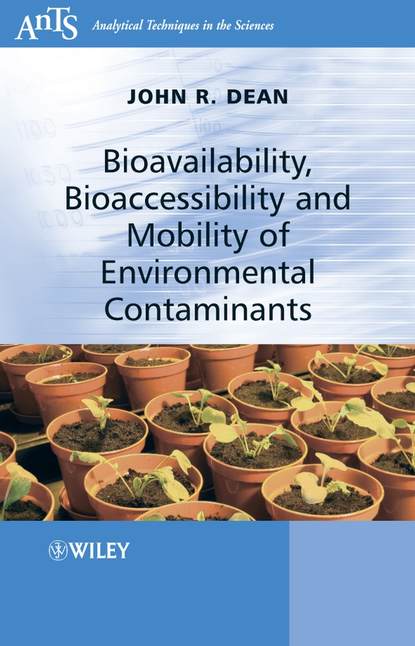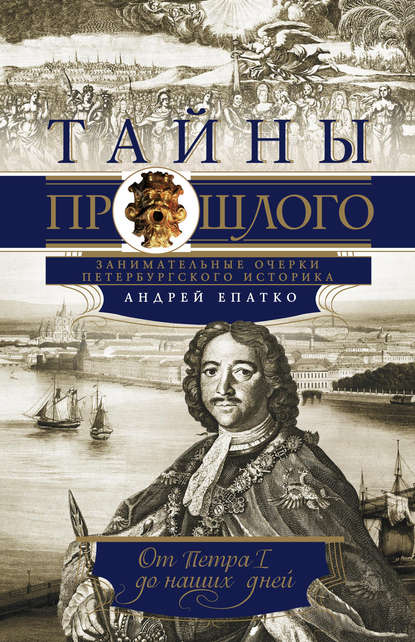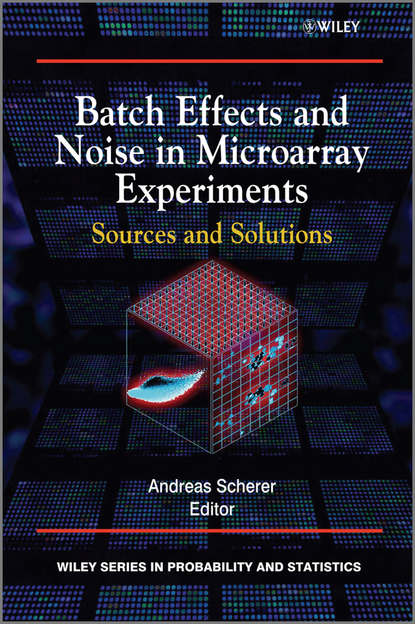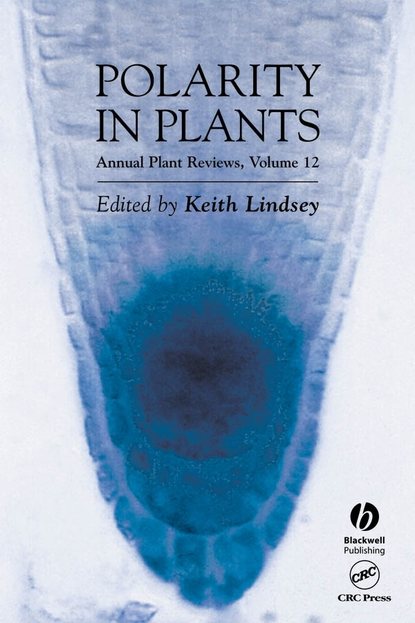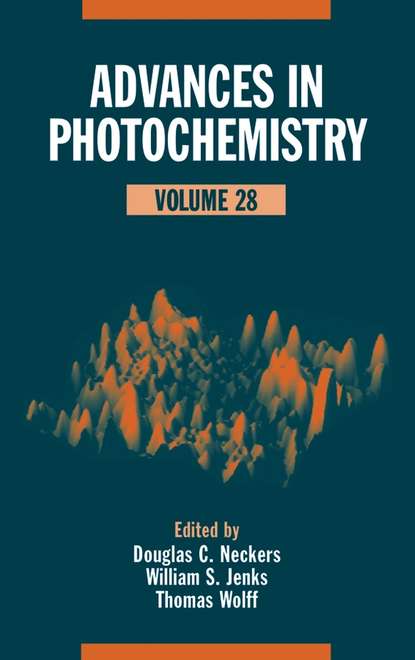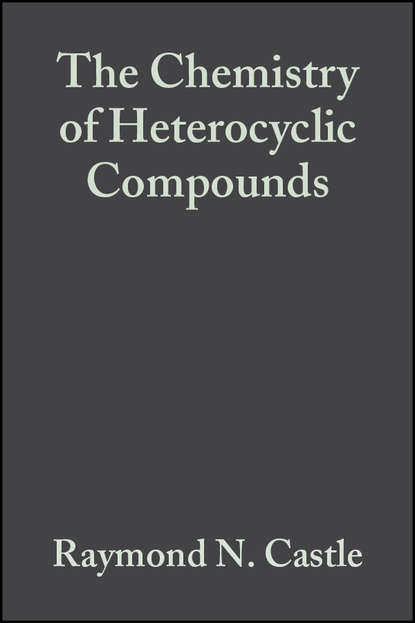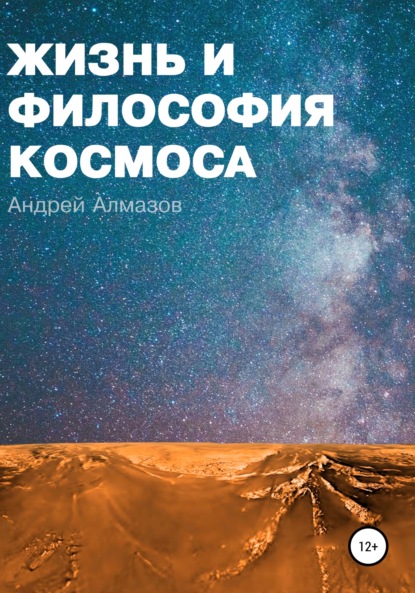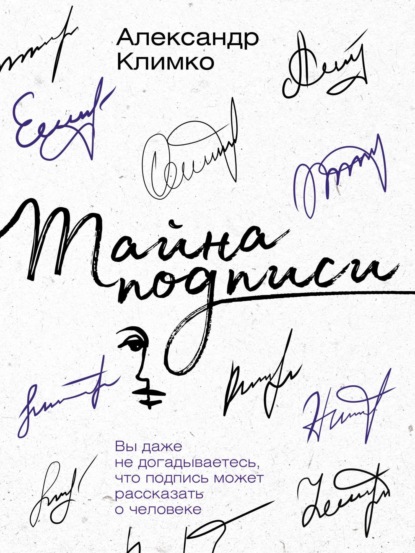Книга "Биодоступность, биодоступность и мобильность загрязнителей окружающей среды" охватывает все аспекты биодоступности, связанные с загрязнителями окружающей среды. После обсуждения определения биодоступности и ее контекста, акцент делается на роли оценки рисков и биодоступности. Затем обсуждаются методы анализа, включая различные методы атомной спектроскопии и электрохимические техники для анализа металлов, а также хроматографические подходы для устойчивых органических загрязнителей (УОЗ). Рассматриваются появление, свойства и экотоксичность УОЗ и металлов в почвенной/осадочной среде. Особое внимание уделяется усвоению УОЗ и металлов растениями (фитоэкстракция). Рассматриваются примеры УОЗ и металлов в окружающей среде. Обсуждаются методы оценки биодоступности УОЗ и металлов в окружающей среде. Рассматриваются следующие подходы: неисчерпывающие методы экстракции, однократные методы экстракции, последовательные методы экстракции, использование циклодекстринов и поверхностно-активных веществ, витро методы, включая физиологические экстракционные тесты и использование биотестов, включая червей. Наконец, выбранные кейс-стади подчеркивают важность определения биодоступности УОЗ и металлов.
This book examines all aspects surrounding the availability of pollutants in the environment, focusing specifically on how this may affect risk assessment. A variety of analytical methods are introduced, with an emphasis on atomic spectroscopy, and electrochemical tests for metals, and chromatographical strategies for persistence organic pollutants. Terms are analyzed for their degree of occurrence, natural characteristics and ecotoxicological effects, where possible including POPs (persistent organic pollutants), and metallic elements. Additional discussion identifies the capture of these substances by plants for transformation (phytoextractions) with many case-examples of various compounds used as models. This analysis was coupled with determining methods for assessing the accessibility of such elements in the aforementioned environment, pursuing a wide array of extraction methods, including non-exclusive extractions, as well as single and successive sorts of plant engaged methods. Among the concepts covered in this matter are environmental cycles, although notably low digested and physiological extractions at human guts. Lastly, relevant real-world cases are highlighted to illustrate how the evaluation of chemical availability can be crucial.
Электронная Книга «Bioavailability, Bioaccessibility and Mobility of Environmental Contaminants» написана автором Группа авторов в году.
Минимальный возраст читателя: 0
Язык: Английский
ISBN: 9780470319680
Описание книги от Группа авторов
This book covers all aspects of bioavailability, as related to environmental contaminants. After a discussion of the definition of bioavailability and its context, focus is placed on the role of risk assessment and bioavailability. Methods of analysis are then discussed including a range of atomic spectroscopic and electrochemical techniques for metal analysis and chromatographic approaches for persistent organic pollutants (POPs). The occurrence, properties and eco-toxicity of POPs and metals in the soil/sediment environment are discussed. Particular emphasis is placed on the uptake of POPs and metals by plants (phytoextraction). Examples of POPs and metals in the environment are reviewed. Methods to assess the bioavailability of POPs and metals in the environment are discussed. The particular approaches considered are: non-exhaustive extraction techniques single extraction techniques sequential extraction techniques use of cyclodextrin and surfactants in-vitro gastrointestinal methods including physiological-based extraction test the use of bioasssays including earthworms. Finally, selected case studies highlight the importance of determining the bioavailability of POPs and metals.
